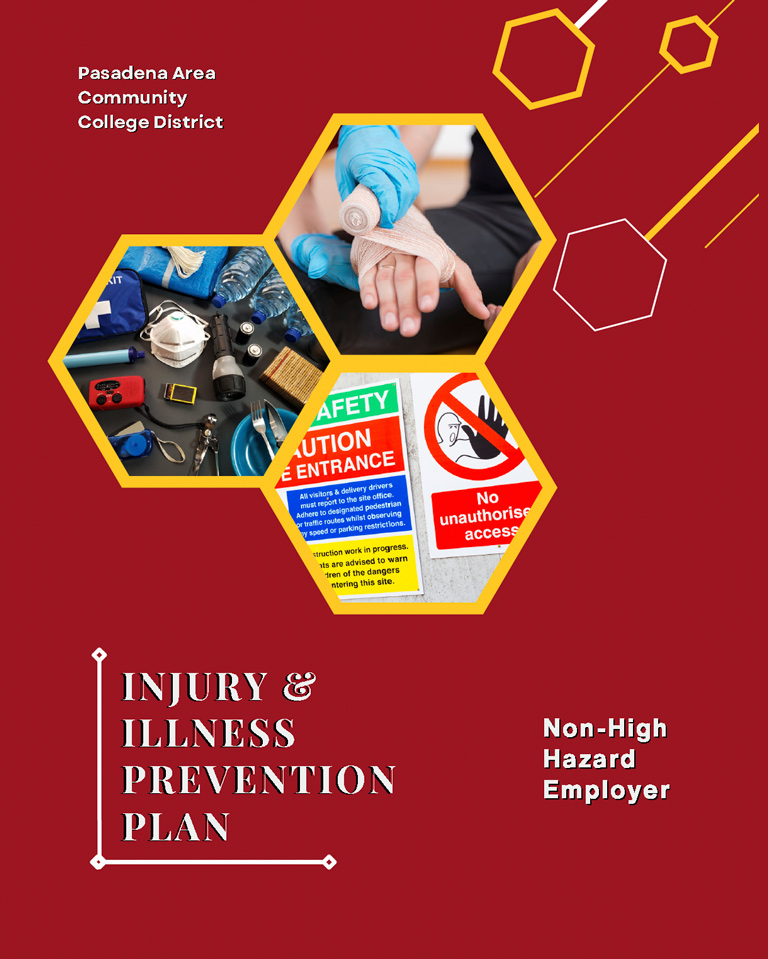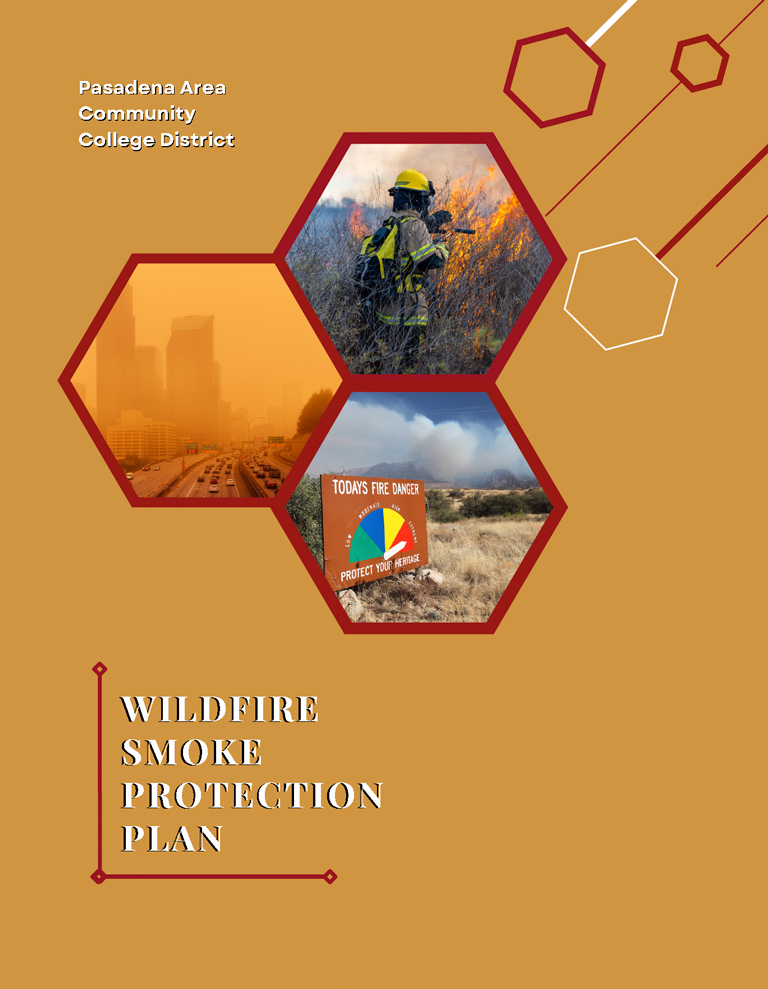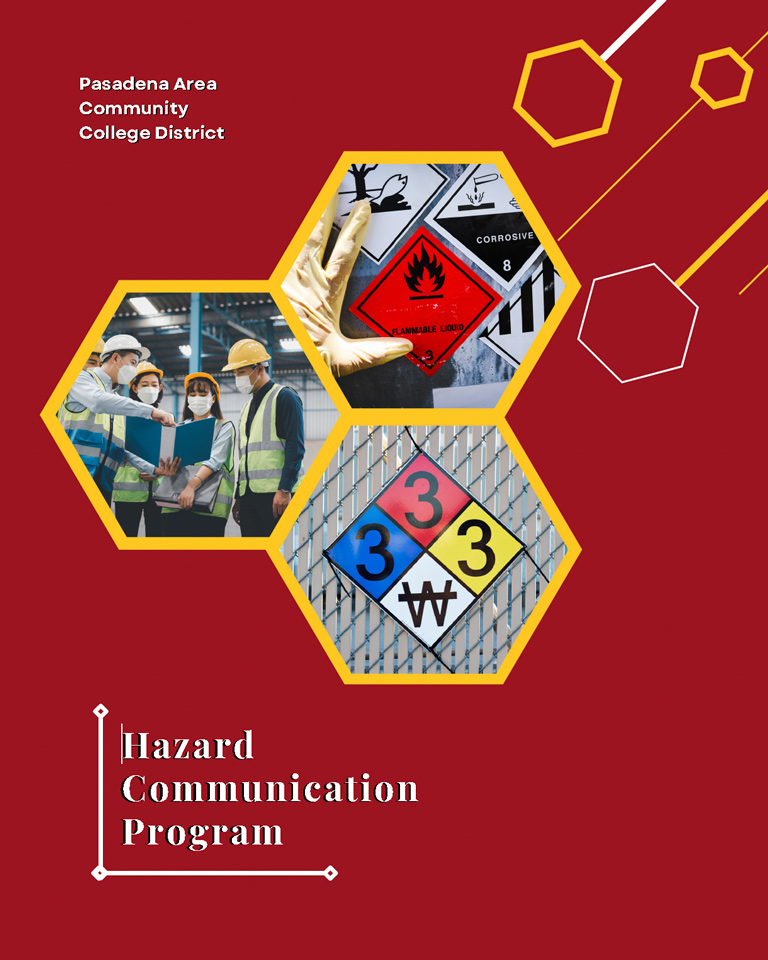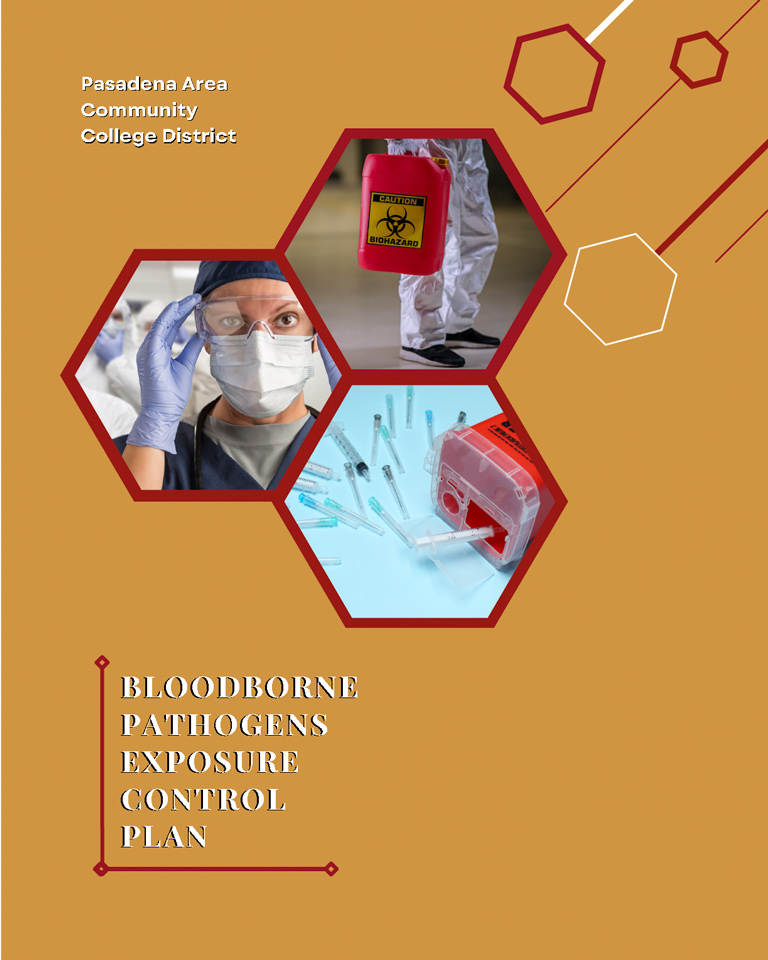Safety & Training
Illness & Injury Prevention Programs
Illness & Injury Prevention Program - Non-High Hazard Employer
Every California employer must establish, implement and maintain a written Injury and Illness Prevention Program (IIPP). A copy must be maintained at each workplace or at a central worksite if the employer has non-fixed worksites. The requirements for establishing, implementing and maintaining an effective written IIPP are contained in Title 8 of the California Code of Regulations, Section 3203 (T8 CCR 3203).
Wildfire Smoke Protection Plan
The Wildfire Smoke Protection Plan, aligned with Cal OSHA T8 CCR 5141.1, is activated when the PM2.5 Air Quality Index (AQI) is 151 or more and employees are likely to be exposed to wildfire smoke. Exceptions to the plan include enclosed buildings or vehicles with filtered air and closed openings, worksites where PM2.5 measurements reveal AQI less than 151, and scenarios where employees face exposure of AQI 151 or more for less than an hour during their shift.
Heat Illness Prevention Plan
California employers with any outdoor places of employment should comply with the Heat Illness Prevention standard, California Code of Regulations, title 8, section 3395 (8 CCR 3395). These procedures have been created to assist employers in establishing heat illness prevention procedures and reducing work-related heat illnesses among their employees.
Hazard Communication Program
Employers in California with employees working with chemicals are required to establish, implement, and maintain an effective written Hazard Communication (HazCom) Program that addresses hazards specific to chemicals they are, or may be exposed to. The requirements are set forth in California Code of Regulations, title 8, section 5194.
Bloodborne Pathogens
OSHA requires employers to perform an exposure determination concerning which employees may incur occupational exposure to blood or other potentially infectious materials. The exposure determination is made without regard to the use of personal protective equipment (i.e. employees are considered to be exposed even if they wear personal protective equipment.) This exposure determination is required to list all job classifications in which all employees may be expected to incur such occupational exposure, regardless of frequency.





